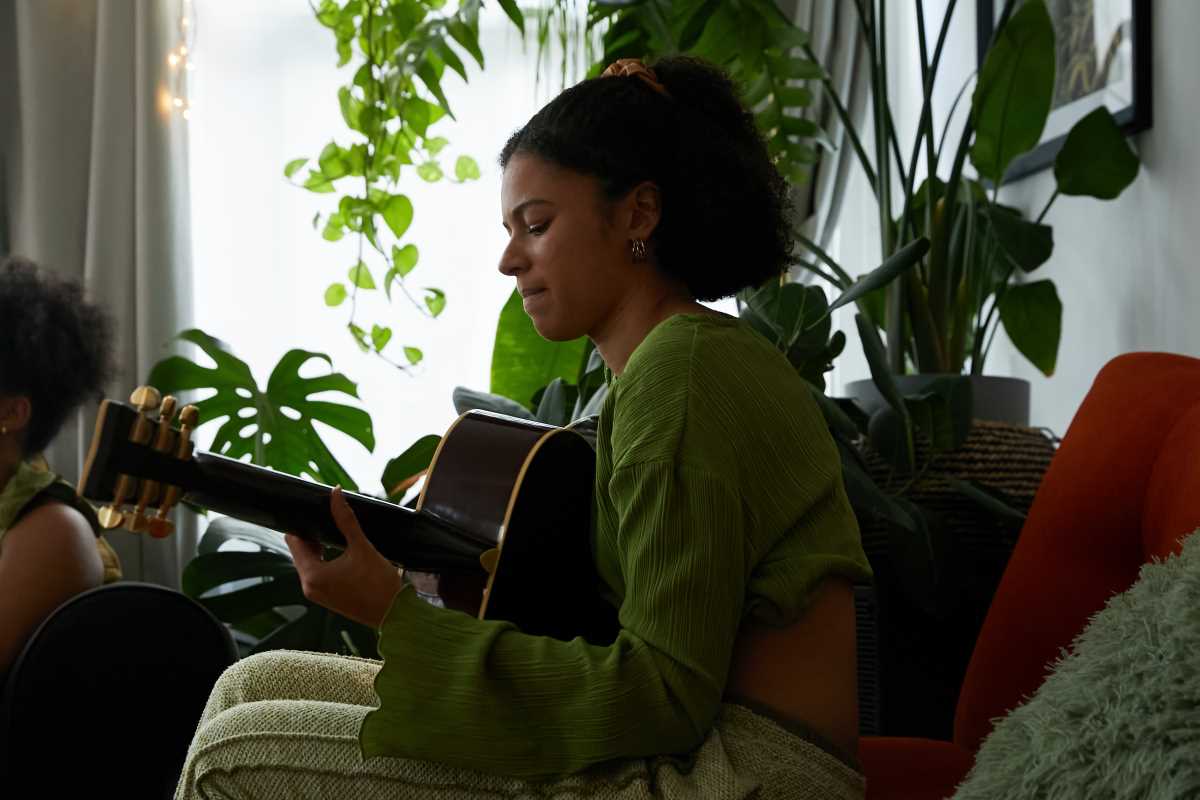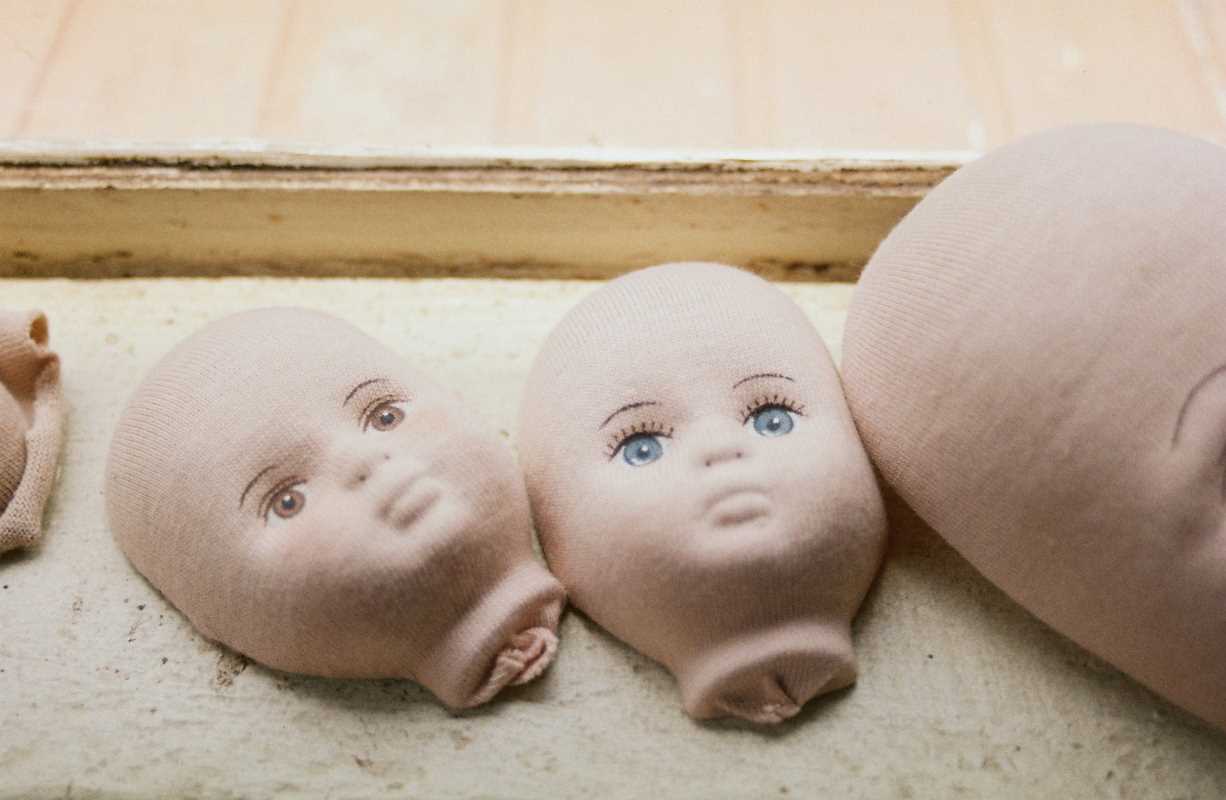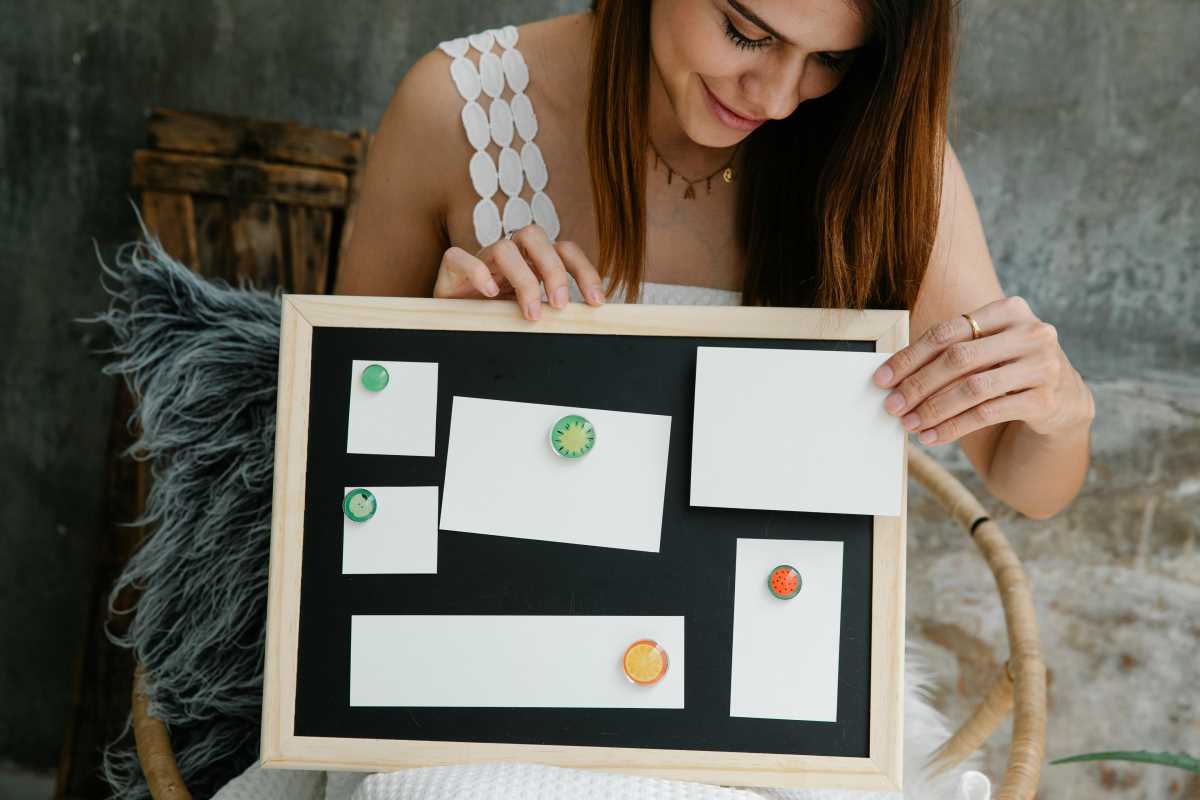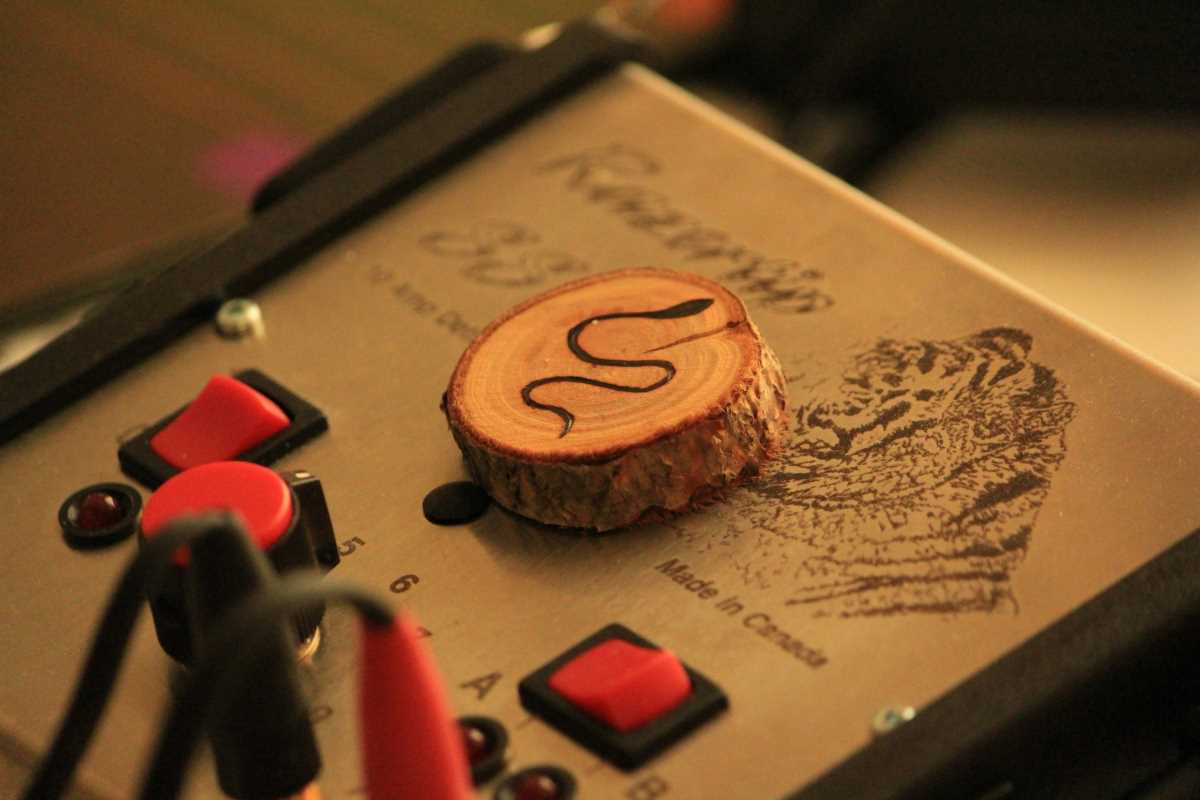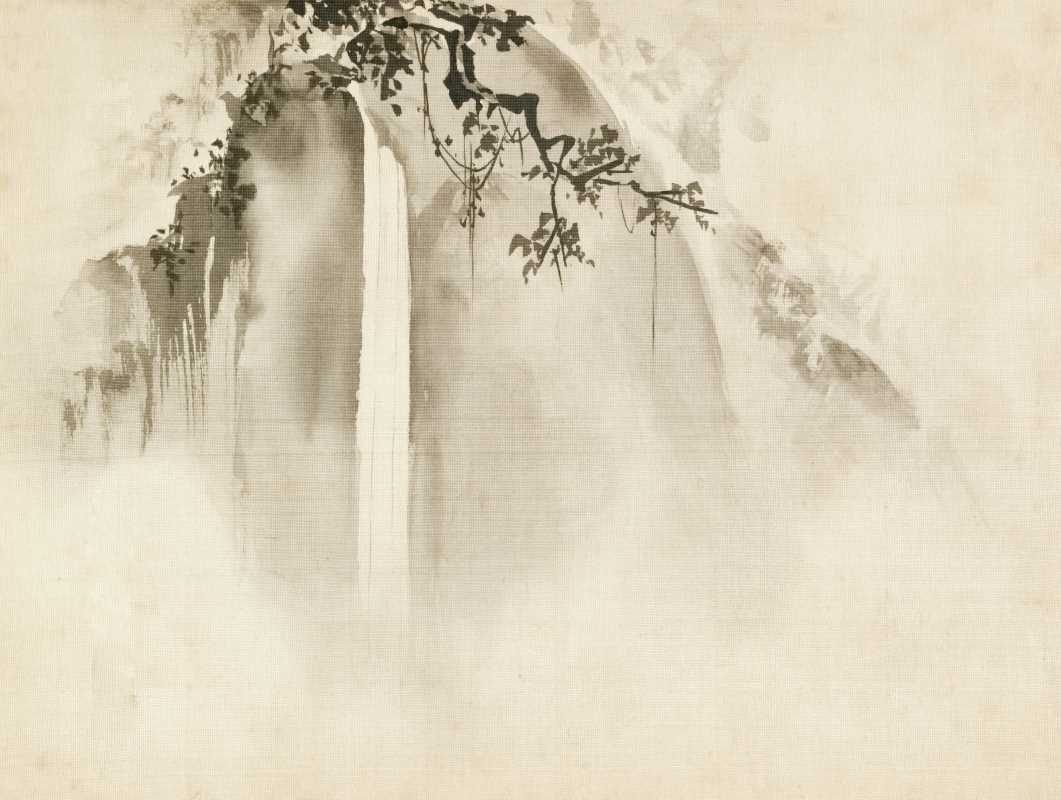Traditional melodies infuse creative pursuits with renewed inspiration and depth. Picking up a classic instrument connects you to a long lineage of musicians who have shaped stories through sound, letting each note reveal layers of history and culture. Delving into these enduring musical forms uncovers a wealth of techniques and expressive possibilities, while also offering glimpses into the lives and customs of people from around the world. Whether you are expanding your musical skills or simply seeking new sources of creativity, exploring time-honored tunes opens doors to fresh ideas and a deeper appreciation for the art of music-making.
This guide lifts the curtain on seven remarkable treasures that have endured across centuries. You’ll find practical advice for adding them to your collection, personal insights for mastering their quirks, and a perspective that celebrates tradition as a living, breathing practice.
Ancient Echoes That Speak to the Soul
Traditional soundmakers often blend raw craftsmanship with regional identity, inviting players to examine technique as much as tone. Immersing yourself in these creations reveals hidden connections between instrument design and local customs, revealing layers of context behind each resonance.
By embracing these sonic artifacts, you not only deepen your own skills but also honor the hands and voices that shaped them. From handcrafted wooden frames to carefully tuned strings, each element reflects a careful balance of art and community heritage.
7 Must-Try Instruments to Bring Tradition Home
- Erhu – China/Chordophone family. This two-stringed bowed instrument delivers haunting, vocal-like tones that cling to your emotions. Prices for student-grade models often start around $120 and scale upward for rosewood versions. Beginners benefit from adjusting the bow tension daily to maintain clarity; try rosin that suits local humidity to prevent squeaks.
- Sitar – India/Plucked lute. Known for its sympathetic strings that shimmer beneath each melody, this long-necked lute produces rich overtones that last for seconds. Student sitars can be found near $200 through specialized exporters. To master the jawari bridge’s buzz, gently file its curved surface with fine sandpaper under guidance from an experienced artisan.
- Mbira – Zimbabwe/Thumb piano. With metal keys mounted on a wooden soundboard, each pluck releases bright, bell-like tones perfect for layered patterns. Handcrafted versions typically cost $50–$100 when sourced from local cooperatives. Beginners should secure a soft cloth behind the keys to tame excessive resonance and discover crisp articulation during finger rolls.
- Bandura – Ukraine/Stringed plucked. This pear-shaped instrument boasts over 30 strings, blending drone and melody in one handheld frame. Amateur-grade models start near $400, though professional yurts deliver refined tone at higher prices. When you explore open tuning, loosen the bass strings first to protect the bridge, then incrementally tighten to reach the desired pitch.
- Oud – Middle East/Short-necked lute. With a fretless fingerboard, it invites sliding ornaments and microtonal exploration. Entry-level ouds are available for around $250 via regional makers, with synthetic-string sets aiding consistent tuning. As an insider tip, apply almond oil lightly to the grip area for enhanced comfort during extended sessions.
- Kora – West Africa/Harplute. Constructed from a calabash resonator and 21 strings, it merges harp-like textures with percussive plucking. Standard student koras sell for approximately $300 when you order directly from guilds in Gambia. To balance string tension, swap nylon with high-gauge fishing line under the guidance of a seasoned player to achieve brighter articulation.
- Shamisen – Japan/Three-stringed. This drum-faced lute produces sharp percussive attacks, ideal for rhythmic storytelling. Affordable beginner models start at $180, often paired with a lightweight plectrum. To preserve the skin head, avoid high humidity and store the instrument upright; use a soft brush to clear dust from the skin after each practice.
Capturing Inspiration in Everyday Moments
- Set aside brief daily sessions that focus on single techniques, such as exploring drone control on the oud or rhythmic patterns on the shamisen. Short, consistent practice builds muscle memory far more efficiently than occasional marathons.
- Keep a listening log of traditional recordings from each instrument’s origin region. Notate unique ornamentation, dynamic shifts, and phrasing details, then compare those insights to your own playing to spark new creative ideas.
- Join local or online ensembles to swap tips on maintenance, tuning, and repertoire. Playing alongside peers often uncovers approaches you might never encounter alone and accelerates stylistic fluency.
- Document your gear setup with photos showing string heights, rosin choices, and ambient conditions. Over time, this visual diary reveals patterns that help you troubleshoot challenges and recreate optimal sound every session.
- Share short performance clips on social media or forums to get feedback from other enthusiasts. Constructive comments can provide specific pointers you might otherwise overlook, improving both technique and confidence.
Deepening Your Journey with Linked Guides
Deepen your musical journey by exploring how folk instruments can blend with modern styles to inspire unique arrangements. Use curated guides to find authentic makers and trusted sellers, and seek out workshops that teach regional construction and tuning methods. Each instrument becomes a gateway to cultural discovery and creative collaboration.
